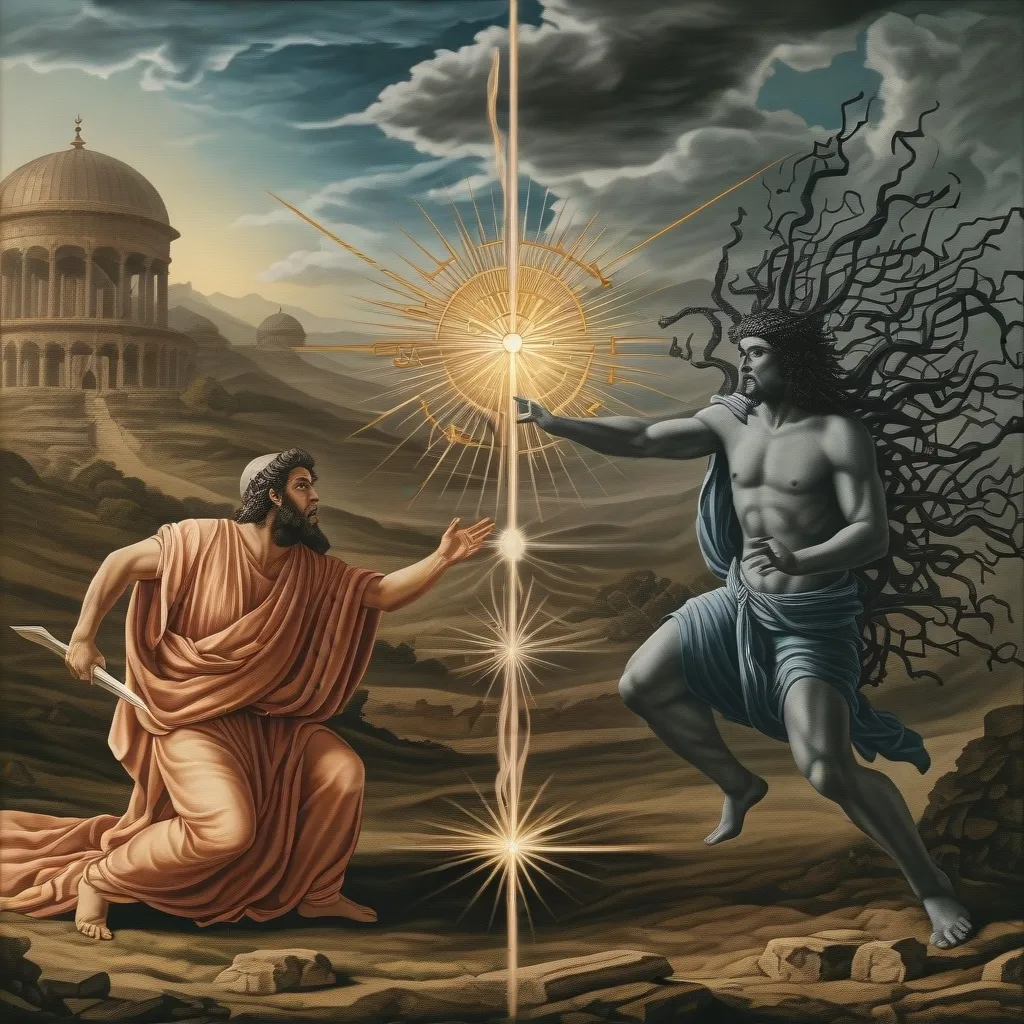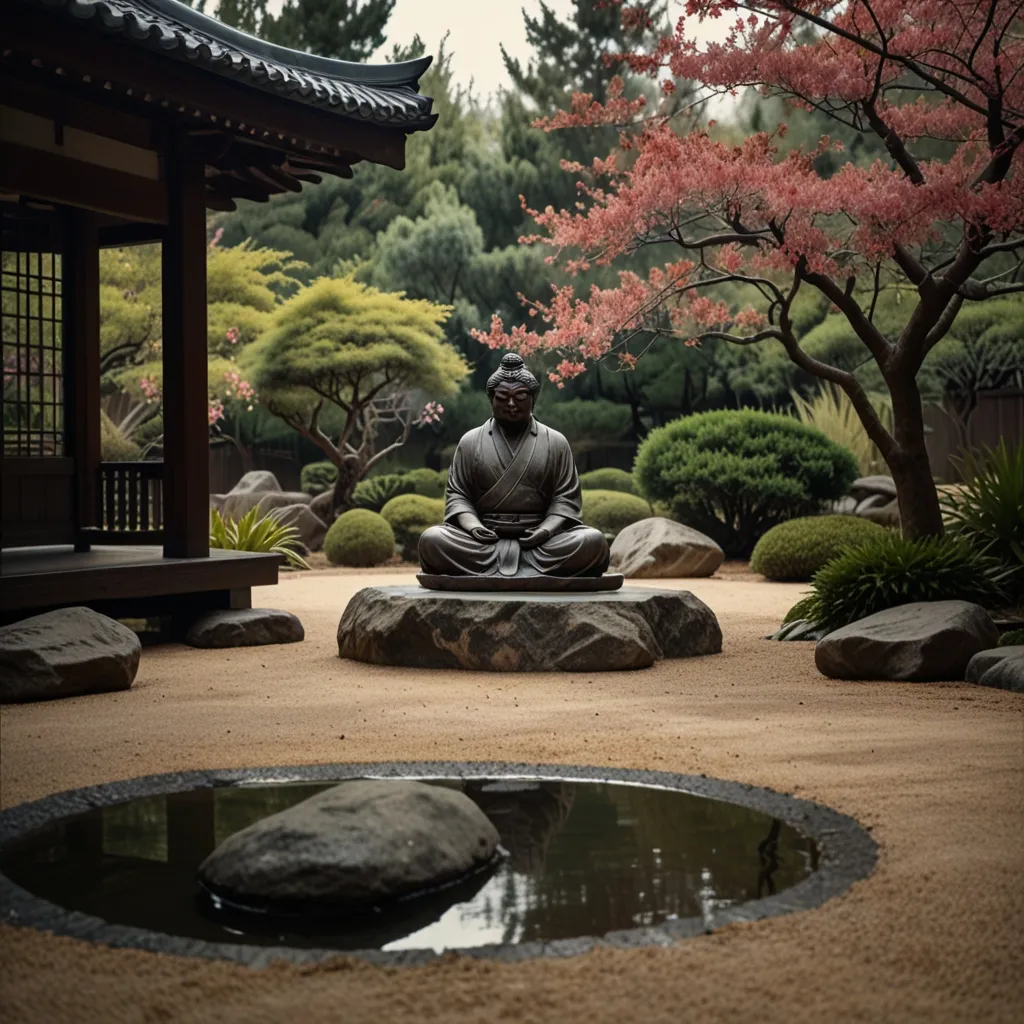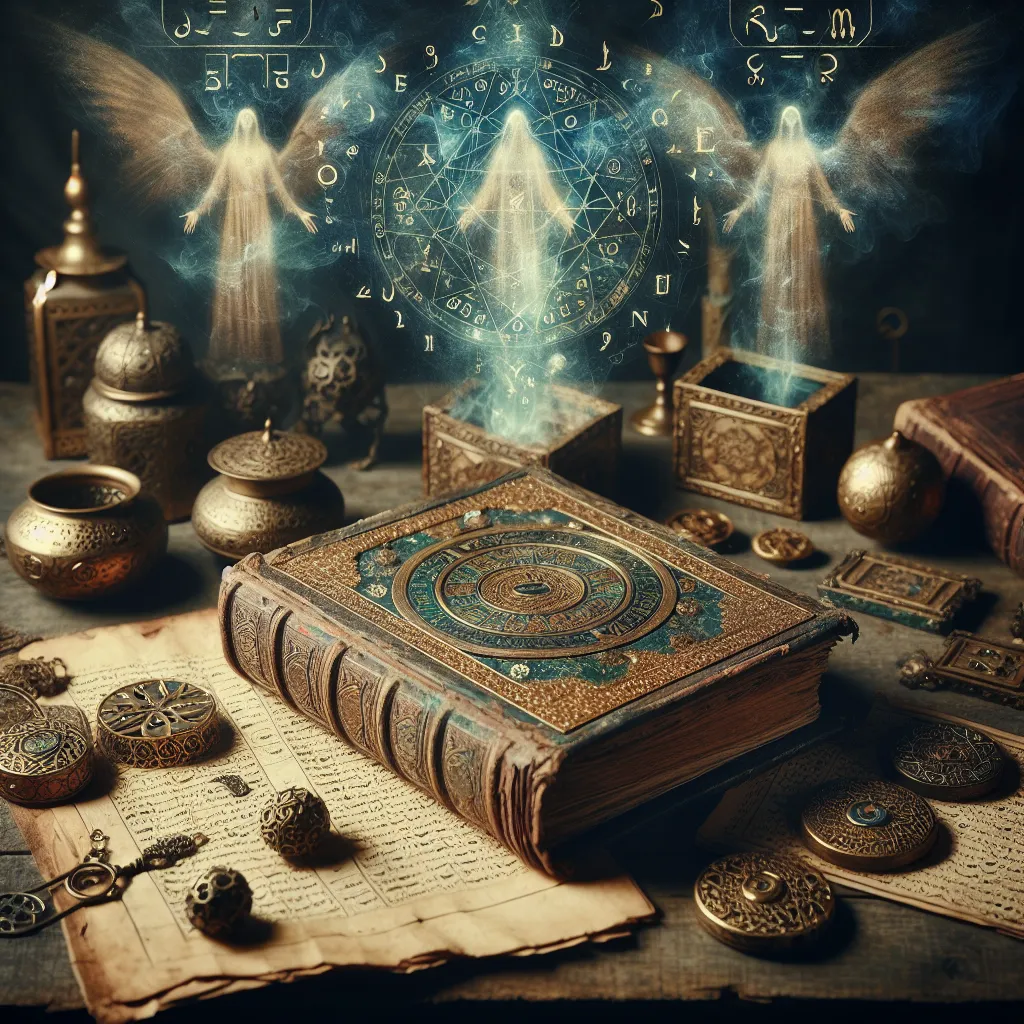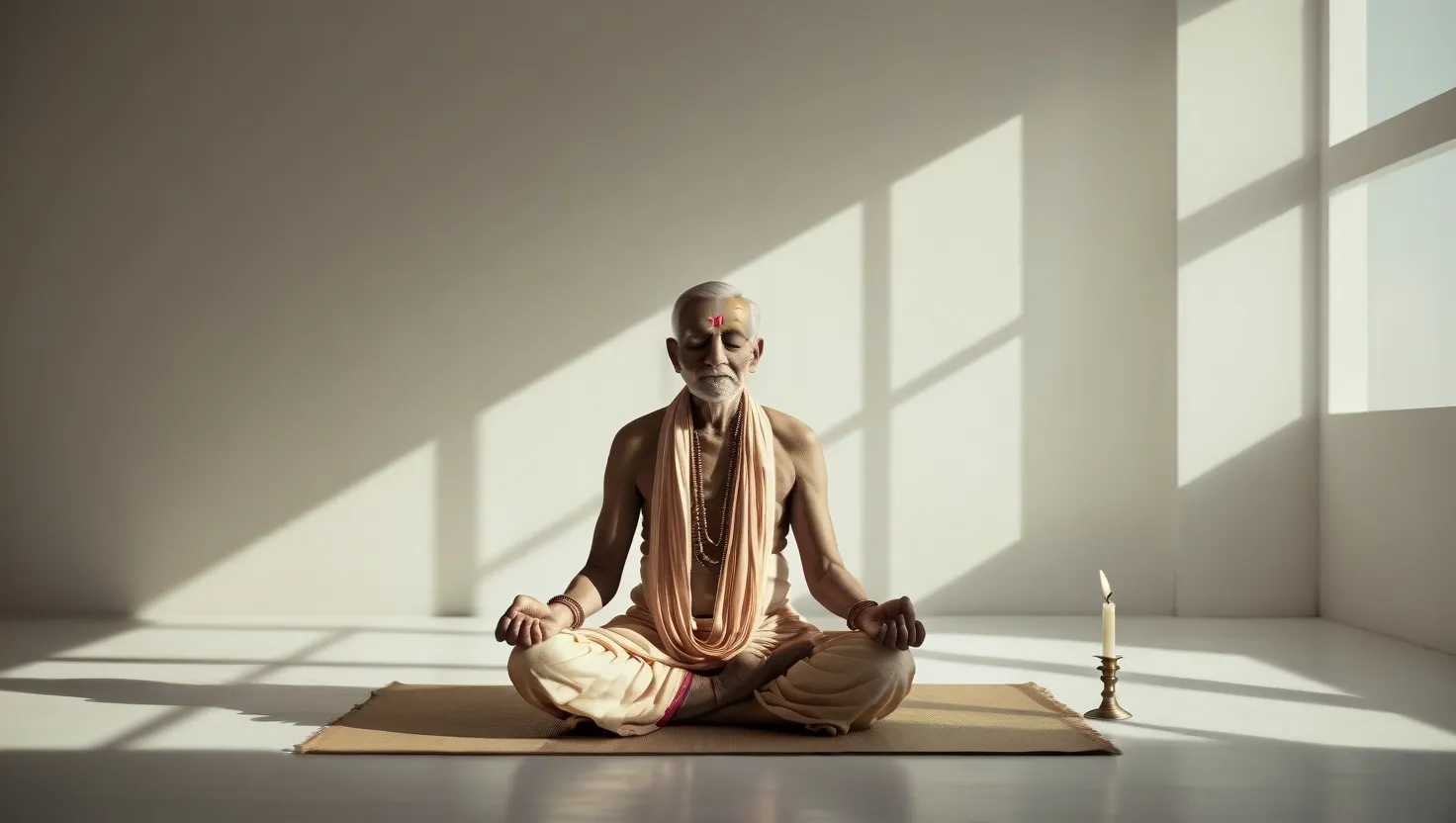Zoroastrianism, dating back thousands of years, is a fascinating dive into the dance of dualism, highlighting the never-ending wrestling match between good and evil. Born out of ancient Persia, this religion springs from the teachings of the prophet Zarathustra, who painted a picture of the universe through the eyes of opposing forces.
Imagine a world crafted on two core principles: Ahura Mazda, the spirit of wisdom and all things good, and Angra Mainyu, the embodiment of chaos and malevolence. Ahura Mazda, the wise one, is about truth and righteousness, while Angra Mainyu thrives on deception and darkness. They’re like cosmic siblings, forever locked in a battle of light versus dark.
Zarathustra, through the timeless recitations of the Gathas, laid out a view of the world defined more by ethical choices than cosmic preordination. It’s not the universe itself that’s split into good and evil but rather the choices individuals make. Humans, according to Zarathustra, are the architects of both the good and the bad in the world, placing responsibility squarely on the shoulders of human actions rather than cosmic forces.
In this worldview, life might feel a bit like a perpetual tug-of-war where Ahura Mazda and Angra Mainyu are on opposite sides. This cosmic conflict spills into everyday life, challenging each person to choose between the truth and righteousness, or the chaos and falsehood. It’s not just about moral obligations; it’s a choice laden with real consequences. Picking the good side isn’t just a decision—it charts the path toward paradise. Conversely, siding with chaos spells doom and punishment.
Ahura Mazda is like the conductor of the orchestra of creation, crafting the world and infusing it with goodness. Angra Mainyu plays the part of the eternal disruptor, always attempting to stir disorder into the mix. This ongoing battle shapes the world, as both sides vie for clout over humanity and its fate.
This bit of cosmic drama extends its influence beyond its origins, leaving a streak across other religions, too. Take Judaism, for instance. During the Babylonian exile, this dualistic clash of good and evil seeped into Jewish thought, influencing beliefs around angels, resurrection, and even the end-time judgments. Christianity, especially its early schools of Gnosticism and Manicheanism, couldn’t resist the allure of Zoroastrian dualism either.
Zoroastrianism also presents a unique view of time and creation. There’s a split between an idyllic creative period ruled by Ahura Mazda and a subsequent era harried by Angra Mainyu’s chaos. It’s a timeline underscored by the constant struggle, marking the passage from harmony into inevitable decay.
Rituals play a significant role, mirroring the dualistic undertones of the faith. Ceremonies like Yasna, which involves reciting the sacred Gathas, is a testament to the triumph of light over darkness. These rituals are an essential bond, reinforcing the moral and spiritual compass guiding the faithful.
In the grand narrative of Zoroastrian belief, everything spirals toward a climactic showdown—the ultimate clash of good versus evil. This epic end game promises the defeat of Angra Mainyu and resurrects the dead, culminating in a final judgment. Ultimately, the vision is one of a world baptized, cleansed from evil, and basking in everlasting truth and life.
Zoroastrianism’s take on dualism isn’t just a relic of the past. Its portrayal of the eternal struggle between good and evil provides a lens for exploring the chaotic yet beautifully ordered tapestry of human life. This age-old faith persists, offering guidance and inspiration for choosing virtue over vice even in modern times. It’s this enduring quest for goodness, against the odds of malevolence, that truly marks Zoroastrianism’s legacy, echoing in the hearts of its followers.






